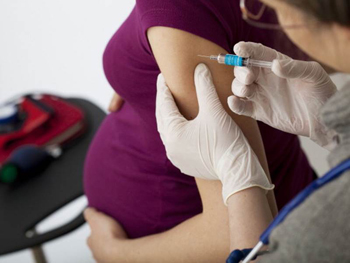Nov 29: Researchers in the US said on Monday they have found no link between influenza in pregnant women and the risk of her child developing autism after birth.
 Some earlier research has pointed to maternal infections as a possible cause of the neuro-developmental disorder, though other studies have not found any such link.
Some earlier research has pointed to maternal infections as a possible cause of the neuro-developmental disorder, though other studies have not found any such link.
The findings in the Journal of the American Medical Association (JAMA) Pediatrics involved more than 196,000 children born in California from 2000 to 2010.
More than 3,100 children in the group had autism, which is believed to have genetic and environmental triggers but its causes remain poorly understood.
The study, led by Ousseny Zerbo of Kaiser Permanente Northern California, found no association between a higher risk of autism and influenza infection while pregnant.
Nor did it find any link between autism and vaccination against the flu during the second and third trimesters of pregnancy.
“There was a suggestion of increased risk of autism spectrum disorder (ASD) with maternal vaccination in the first trimester,” said the study, which went on to explain that this finding “was not statistically significant” after researchers adjusted for other risk factors.
The researchers said that at this time no “changes in vaccine policy or practice”, are recommended but “additional studies are warranted”.





Comments
Add new comment